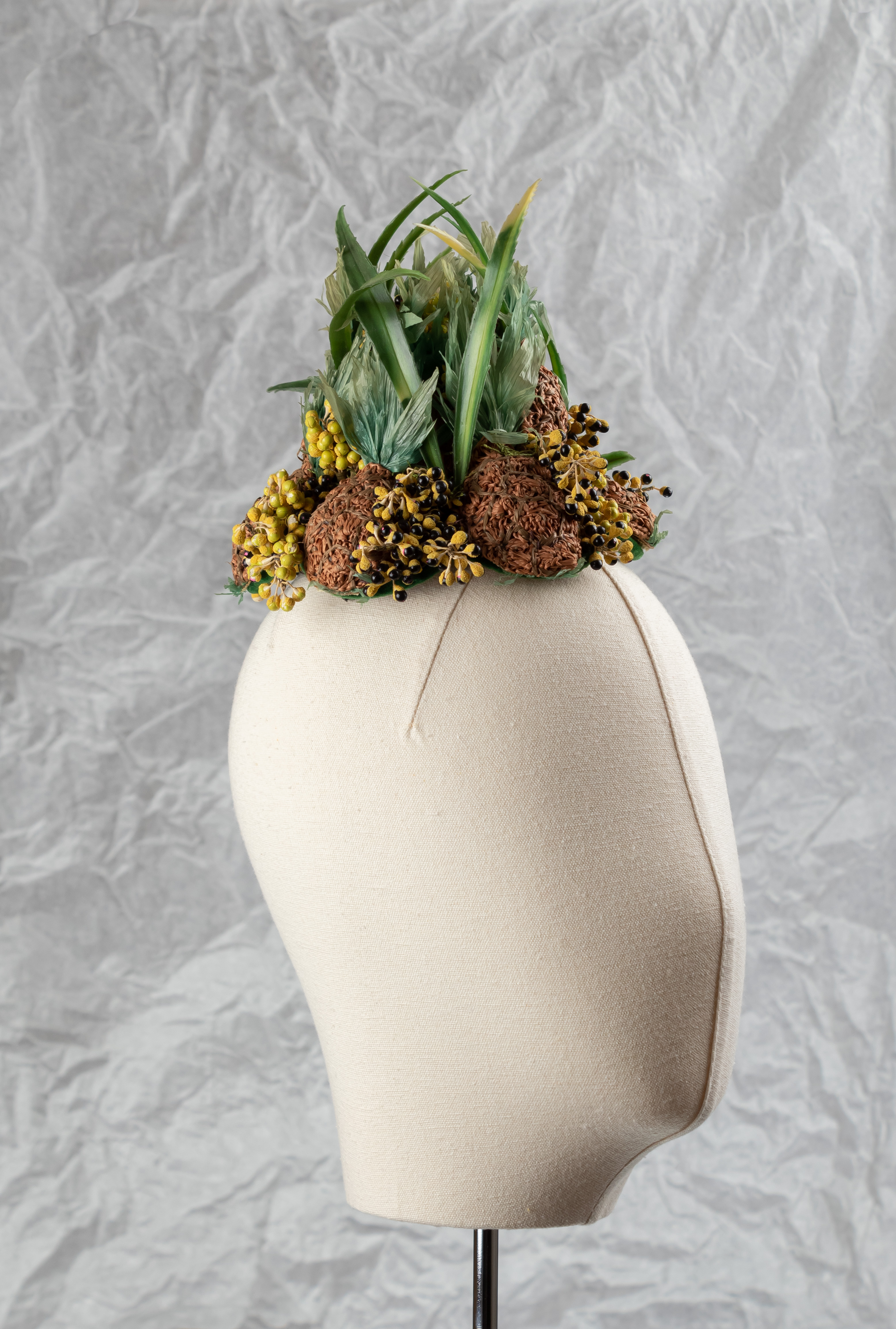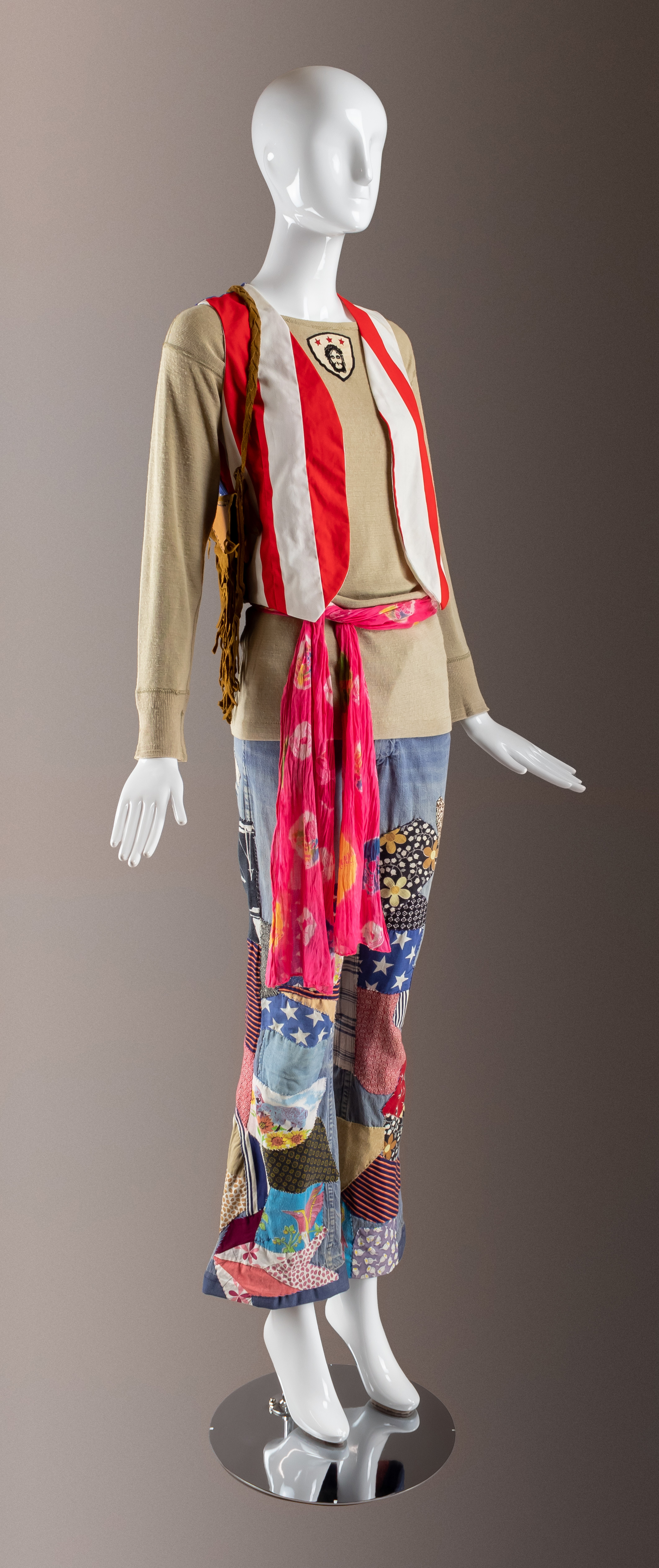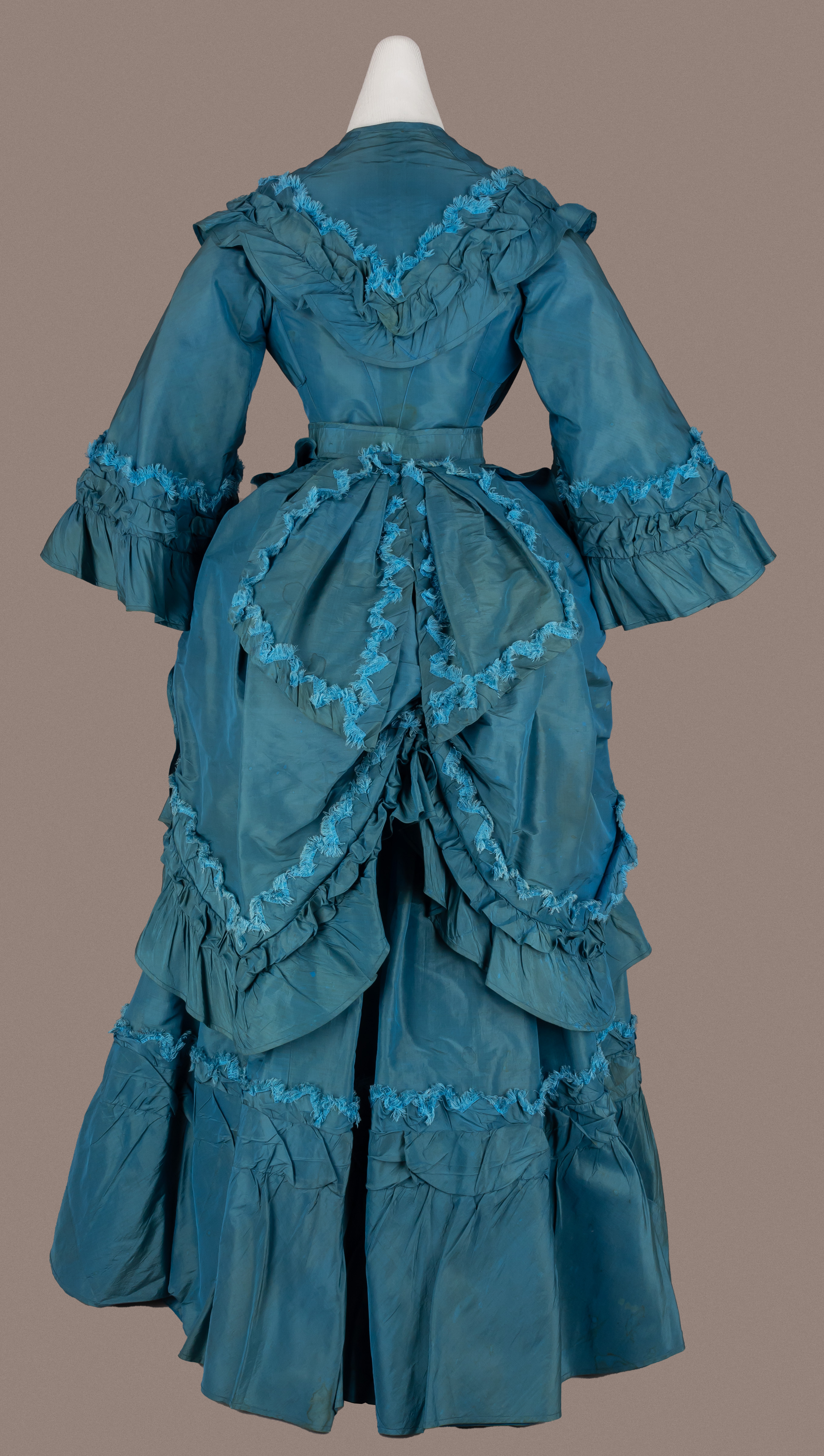
6 minute read
Fashion Forward
Leadership for Social Justice students help dress for success
What is the connection between sustainability, social equity and success? For one group of Mount Mary students, the answer arrived in an unexpected form: fashion.
It all began during the fall 2023 semester, when instructor Sharon Heilman’s Leadership for Social Justice class met to discuss ideas for a group project. As the students suggested ideas, a chance mention of the campus career closet sparked excitement and plans for developing a pop-up shop. Most students had never heard of the career closet, a resource that provides students with free professional attire. These donations assist students who may not otherwise have access to a professional wardrobe for job interviews. Yet, because of its lack of a permanent location on campus, many students are unaware that this resource exists.
“A lot of my students are interested in style, but don’t have access to business clothing – nor have they seen many examples of what to wear in a workplace setting,” said Heilman. A self-described “lifelong thrifter,” the instructor described a sense of excitement as she watched the class brainstorm ways to reinvigorate this resource.
Style Meets Sustainability
Students visited area secondhand retailers, including St. Mary’s in Elm Grove (located near the former School Sisters of Notre Dame Mother House) where they sourced items and networked with store managers. Students conducted data analysis on clothing, comparing what they paid for recycled finds with that of similar items at full retail price. Heilman shares that the class acquired 117 pieces during the semester at an average price of $3.87 per item.

“In many cases we were getting clothes that were almost brand new for less than the price of a cup of coffee,” she says.
Heilman describes the of series “A-ha” moments in which she saw students begin to make connections between fashion, the environment and social justice. The instructor encouraged students to examine their own buying habits and consider how those choices make an impact on the planet.
“Fast fashion is one of the largest polluters in the world,” she says, suggesting that many people never consider the true cost of seemingly inexpensive online purchases that contribute to landfill waste and exploitative labor practices. “Many students were unaware that a lot of the fashion they’re ordering online isn’t sustainable for the future.”
Heilman’s own eye-opening moment happened when watching the group try on garments and model for each other. She realized that for many in her class, this was the first experience of its kind.
“A lot of young people are used to buying things online and putting them on for the first time while alone in their dorm room or at home,” she shares. Heilman describes watching the students transition from initial shyness to confidence as peers provided words of encouragement, even cheering on their classmates at times.
Momentum continued to build as the semester progressed, and the sense of shared purpose also grew. The project culminated in a pop-up boutique at the end of the semester, held in the hallway outside of the Alumnae Dining Hall. The group’s creativity was on display along the carefully curated garments, as they incorporated recycled resources – such as salvaged hangers from the campus bookstore – to create an eye-catching display The Mount Mary community was invited to view and try on pieces, free to take what they liked. The results exceeded Heilman’s expectations.
Setting the Stage for Success
“The excitement was so apparent,” she says of the campus reception to the project. The Leadership for Social Justice group was on hand to make suggestions as fellow students walked up to leaf through the lovingly organized racks. Students disappeared to try on armfuls of clothes, reemerging to cheers and applause from the others in attendance. One student even brought her sewing kit, offering on-the spot alterations.
“Our class really came together as a community,” shared student Jennifer Marquez Lopez of the experience.
“There was such an amazing sense of empowerment,” adds Heilman. “The students gained so much confidence throughout the entire process.”
To the Leadership for Social Justice students and those in attendance, the boutique was a reminder that making a difference for others can sometimes happen in small and unexpected ways.
As the future of the campus career closet unfolds, Heilman hopes that this sense of momentum will continue, and that others will be inspired to donate.
“I can’t wait to see the future of this resource,” she says. “This is just the beginning.”
From the FASHION ARCHIVE
The Mount Mary Fashion archive is home to so many pieces – each with its own unique story. Curator Amanda Cacich shared the history of a few of these incredible pieces with us, which have been donated across several decades:

Donated in 2007, this hat was created by milliner Benjamin B. Green-Field for his hat label Bes-Ben. Known as the “Mad Hatter of Chicago,” Green-Field's hats were colorful, whimsical and full of humor. Designs like this are inspirational for students, showing them how far they can go in their designs by using imagination. The wearer of a hat like this would need a healthy dose of confidence to pull it off!

In the 1960s clothing was heavily used by youngpeople, especially on college campuses, to express their political and social beliefs. This was especially true of the anti-Vietnam War movement. Rebelling against authority and societal norms, protesters took existing clothing and altered it with patches, tears, and dye. It was an expression of creativity as well as a rejection of what was viewed as an unjust society. The protest clothing represents a subculture that used clothing to convey a strong message. This piece was donated to the collection in 1993,

Many people think of the Victorian Era as a somber time for clothing, in large part because photography of the period was black and white. In truth, Victorian clothing was bursting with color! The reason for this was the discovery of synthetic dye in 1856, which allowed clothing to be colored in bright hues not achieved with natural dyes. The vivid blue of this Victorian dress is a testament to the scientific ingenuity of the Industrial Revolution – as well as a celebration of color. Donated to the collection in 1971.
See more pieces from the Mount Mary fashion archive at our online digital collection: digitalcollections.mtmary.edu

